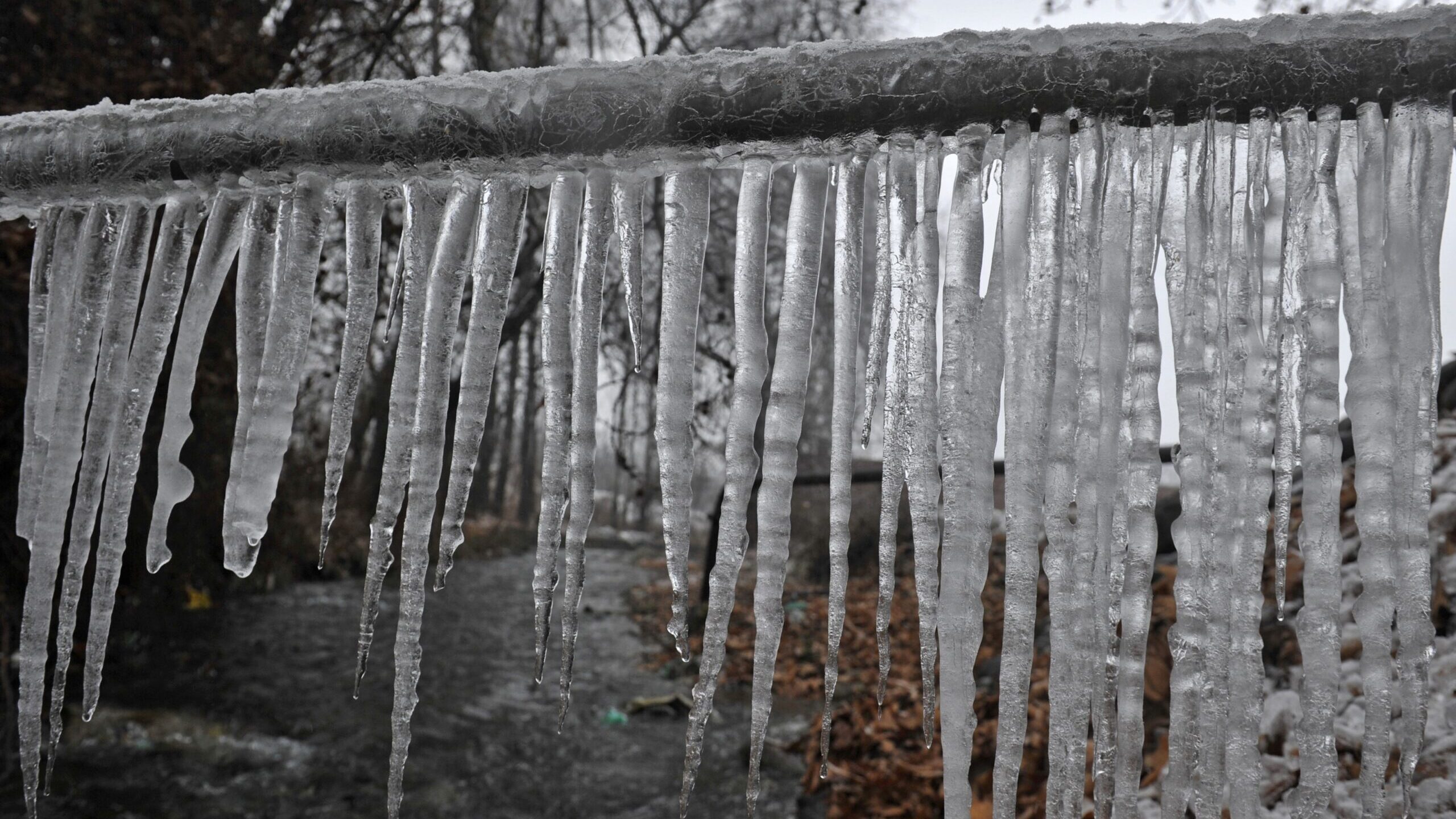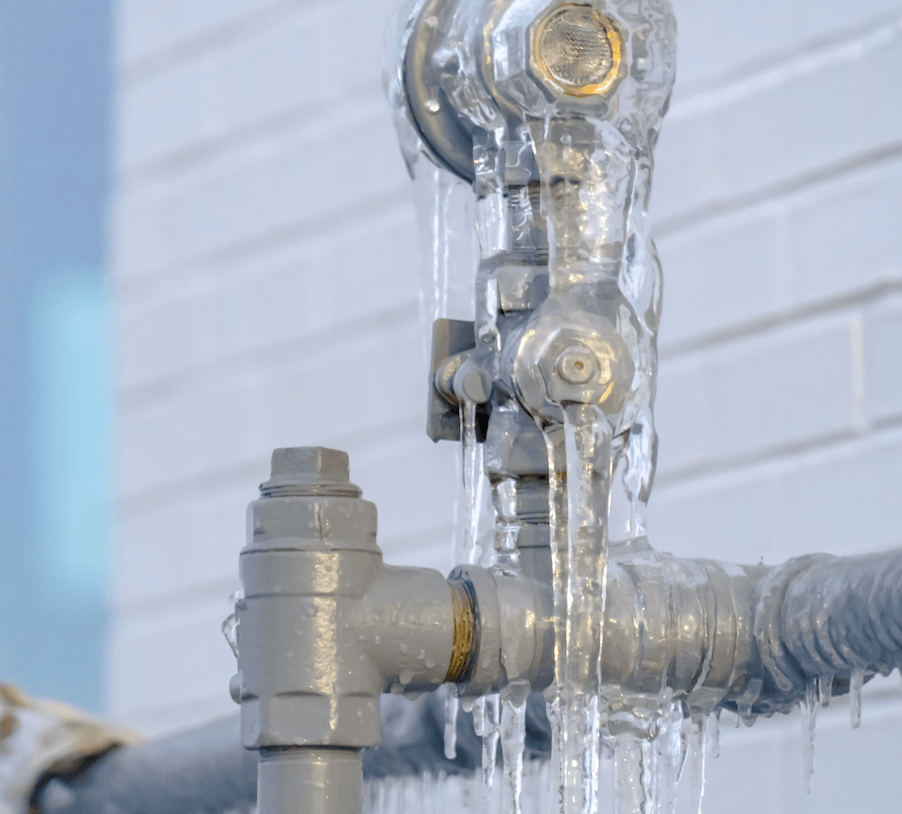Protecting Against Frozen Pipes in Cold Weather: Expert Tips
Call Us TodayRight here on the next paragraphs you might get a good deal of awesome answers about How to prepare your home plumbing for winter weather.

Cold weather can wreak havoc on your pipes, specifically by freezing pipelines. Right here's exactly how to avoid it from happening and what to do if it does.
Introduction
As temperatures decline, the danger of frozen pipelines boosts, potentially resulting in costly repairs and water damage. Comprehending how to avoid icy pipelines is important for home owners in chilly environments.
Avoidance Tips
Insulating susceptible pipelines
Cover pipelines in insulation sleeves or use heat tape to shield them from freezing temperatures. Concentrate on pipelines in unheated or outside locations of the home.
Heating techniques
Keep indoor spaces adequately heated up, particularly locations with pipes. Open cupboard doors to enable warm air to distribute around pipes under sinks.
How to identify frozen pipelines
Seek decreased water circulation from taps, uncommon odors or sounds from pipelines, and noticeable frost on revealed pipes.
Long-Term Solutions
Architectural adjustments
Take into consideration rerouting pipes far from exterior walls or unheated areas. Add extra insulation to attics, basements, and crawl spaces.
Updating insulation
Purchase top notch insulation for pipes, attic rooms, and walls. Appropriate insulation helps preserve consistent temperatures and lowers the danger of icy pipes.
Securing Exterior Plumbing
Yard tubes and outdoor faucets
Separate and drain pipes garden hose pipes prior to winter. Install frost-proof faucets or cover exterior taps with insulated caps.
Comprehending Frozen Pipes
What triggers pipelines to ice up?
Pipelines ice up when subjected to temperature levels listed below 32 ° F (0 ° C) for expanded durations. As water inside the pipelines freezes, it broadens, putting pressure on the pipe walls and potentially creating them to break.
Threats and problems
Frozen pipes can lead to water supply disruptions, residential or commercial property damage, and pricey repair services. Burst pipes can flooding homes and trigger extensive architectural damage.
Signs of Frozen Piping
Determining frozen pipelines early can prevent them from breaking.
What to Do If Your Pipes Freeze
Immediate activities to take
If you think icy pipes, keep faucets available to soothe stress as the ice melts. Utilize a hairdryer or towels soaked in hot water to thaw pipelines slowly.
Verdict
Stopping icy pipelines calls for aggressive measures and quick feedbacks. By understanding the causes, indicators, and safety nets, homeowners can safeguard their pipes throughout winter.
5 Ways to Prevent Frozen Pipes
Drain Outdoor Faucets and Disconnect Hoses
First, close the shut-off valve that controls the flow of water in the pipe to your outdoor faucet. Then, head outside to disconnect and drain your hose and open the outdoor faucet to allow the water to completely drain out of the line. Turn off the faucet when done. Finally, head back to the shut-off valve and drain the remaining water inside the pipe into a bucket or container. Additionally, if you have a home irrigation system, you should consider hiring an expert to clear the system of water each year.
Insulate Pipes
One of the best and most cost-effective methods for preventing frozen water pipes is to wrap your pipes with insulation. This is especially important for areas in your home that aren’t exposed to heat, such as an attic. We suggest using foam sleeves, which can typically be found at your local hardware store.
Keep Heat Running at 65
Your pipes are located inside your walls, and the temperature there is much colder than the rest of the house. To prevent your pipes from freezing, The Insurance Information Institute suggests that you keep your home heated to at least 65 degrees, even when traveling. You may want to invest in smart devices that can keep an eye on the temperature in your home while you’re away.
Leave Water Dripping
Moving water — even a small trickle — can prevent ice from forming inside your pipes. When freezing temps are imminent, start a drip of water from all faucets that serve exposed pipes. Leaving a few faucets running will also help relieve pressure inside the pipes and help prevent a rupture if the water inside freezes.
Open Cupboard Doors
Warm your kitchen and bathroom pipes by opening cupboards and vanities. You should also leave your interior doors ajar to help warm air circulate evenly throughout your home.

Do you really like reading about Helpful Tips to Prevent Frozen Pipes this Winter? Put a remark below. We would be pleased to see your insights about this blog. We are looking forward that you visit us again soon. Enjoyed reading our post? Please share it. Help others find it. Thanks a lot for your time spent reading it.
Request Free Estimate